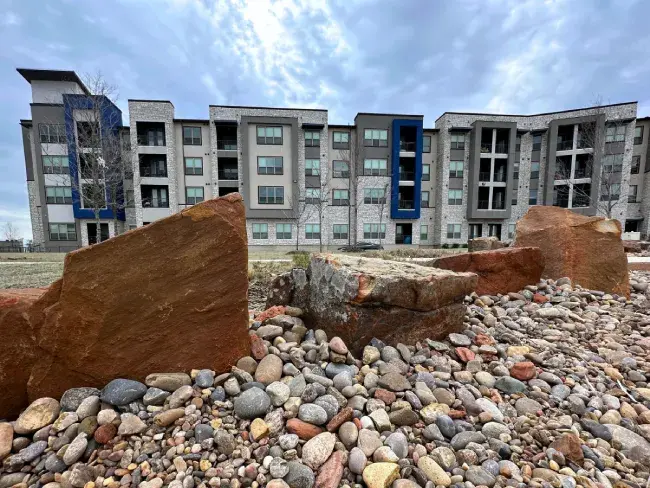As we delve deeper into the 21st century, sustainability in landscaping has become more than a trend – it's a necessity. This shift towards eco-consciousness is especially crucial in hardscaping, where the choice of materials can significantly impact the environment. Let's explore how sustainable hardscape materials are reshaping our landscapes.
Embracing Sustainability in Hardscaping
Sustainable hardscaping is gaining momentum as a crucial component of modern landscape design. These materials not only ensure minimal environmental impact but also contribute to creating eco-friendly outdoor spaces. They balance durability with ecological sensitivity, paving the way for responsible landscaping.
The Environmental Impact of Traditional Hardscaping Materials
Conventional hardscape materials, while popular, often come with a heavy environmental cost. From energy-intensive production processes to degradation during their lifecycle, these materials can have a lasting negative impact on our surroundings. This makes the shift to sustainable alternatives all the more vital.
Key Benefits of Using Sustainable Hardscape Materials
Choosing sustainable hardscape materials brings numerous advantages. They help reduce the carbon footprint of landscaping projects and prevent environmental degradation. Additionally, these materials are often more cost-effective in the long run due to their durability and low maintenance needs. They also allow for the creation of aesthetically pleasing spaces that exist in harmony with nature.
Types of Sustainable Hardscape Materials
Recycled Concrete and Reclaimed Stone:
Recycled concrete can be repurposed for constructing walkways and patios, offering a sturdy and sustainable option. Reclaimed stone, with its rich history and unique aesthetics, adds character and charm to landscape designs.
Permeable Pavers:
These innovative pavers allow for effective water management, reducing runoff and promoting natural water infiltration. Made from various sustainable materials, they offer both functional and environmental benefits.
Sustainable Wood and Composite Decking:
FSC-certified wood and recycled composite materials strike the perfect balance between environmental responsibility and aesthetic appeal. These materials provide a sustainable alternative to traditional decking options.
Innovations in Sustainable Hardscaping
The hardscaping sector is continuously evolving, with innovations like recycled rubber pavers and glass finding their place in modern designs. These materials not only reduce waste but also introduce new aesthetic possibilities.
Sustainable Practices in Hardscape Installation
Implementing sustainable hardscaping goes beyond material selection. Techniques that minimize waste during construction and methods that preserve existing natural elements are crucial. These practices ensure that the installation process is as eco-friendly as the materials used.
Sustainable Maintenance for Hardscape Areas
Maintaining hardscaped areas with eco-friendly practices is essential. This includes avoiding chemical cleaners and utilizing natural solutions, ensuring that upkeep aligns with the sustainable nature of the materials.
Incorporating Sustainable Hardscapes in Different Landscapes
Sustainable hardscaping can be integrated into various settings, from residential gardens to commercial and public spaces. Tailoring material choices to suit different aesthetic and functional needs can lead to innovative and environmentally responsible designs.
Challenges and Considerations in Choosing Sustainable Hardscape Materials
While the benefits are clear, challenges such as cost concerns, material availability, and the learning curve in working with new materials must be navigated. It’s crucial to balance these factors to achieve sustainable yet practical landscape designs.
Paving the Way for a Greener Future
Embracing sustainable hardscape materials is a step toward a more environmentally conscious future. By prioritizing these materials, homeowners, builders, and landscape architects can play a crucial role in shaping sustainable landscape trends. The move towards eco-friendly hardscaping not only benefits our immediate surroundings but also contributes to the broader goal of environmental preservation.








![All About Soil Compaction: Causes, Challenges & Solutions [A Guide]](https://4445234.fs1.hubspotusercontent-na1.net/hub/4445234/hubfs/Imported_Blog_Media/plants-2411458_1920-1024x683.jpg?width=725&name=plants-2411458_1920-1024x683.jpg)
